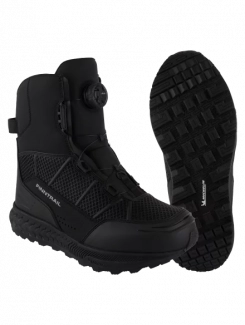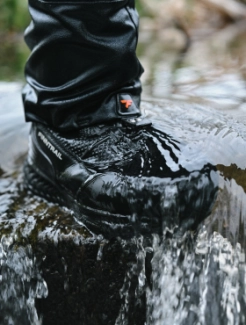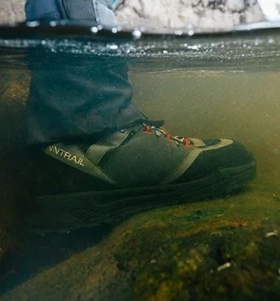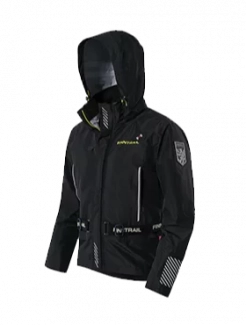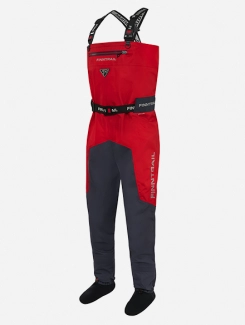How to Tell If ATV Fuel Pump Is Bad
Without a working fuel pump, you’re in trouble, because gas can’t flow as it should through your ATV. This post will help you determine if your fuel pump is to blame for issues you are having by sharing with you how to tell if you have a fuel pump problem.
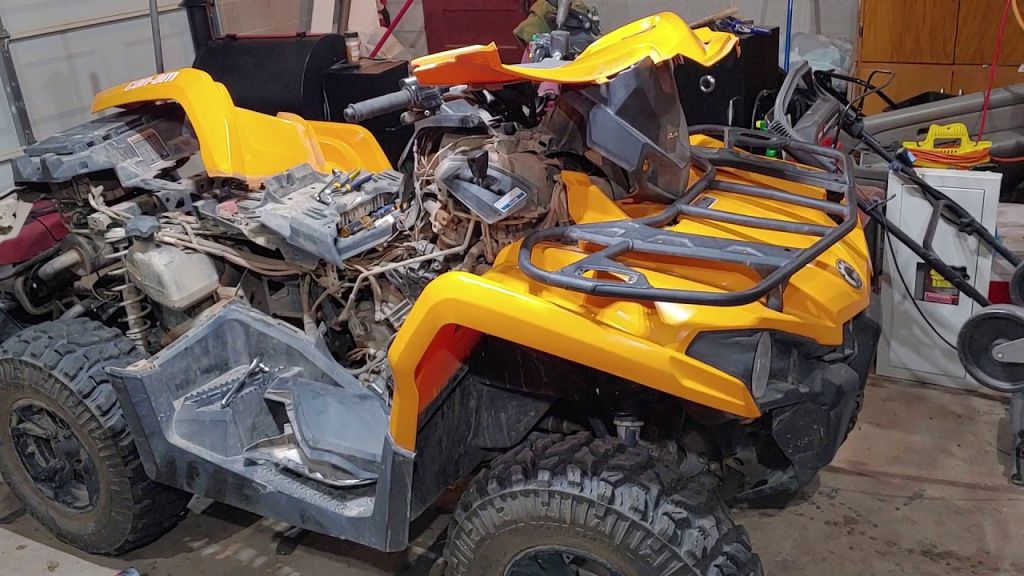
How Does ATV Fuel Pump Work?
The first thing you should know before you read further is that some ATVs don’t have fuel pumps. Older ATVs of a smaller size use gravity feed to serve the same purpose. Make sure you have a fuel pump before determining if something is wrong with it.
There are two types of ATV fuel pumps: mechanical and electric.
Older ATVs are more likely to have mechanical fuel pumps. They rely on a vacuum created by the engine to suck fuel through a diaphragm to make it move from the gas tank and reach the carburetor.
Newer ATVs are more commonly fuel injected and need more fuel pressure to function. To achieve that feat, they employ an electric fuel pump that is inside the gas tank. These pumps also have a diaphragm but electricity powers it rather than a vacuum.
ATV Bad Fuel Pump Symptoms
There are several signs your ATV fuel pump is bad. You might notice your ATV:
- won’t start
- hesitates to start
- starts and then dies
- idles but won’t rev
- displays top-end performance reduction
One or more of these symptoms is enough cause to check your fuel pump.
How to Diagnose Electric ATV Fuel Pump Problems
To access an electric fuel pump, you have to get at it in the gas tank. You don’t want to do that if you don’t have to, so the first thing we’ll cover is how to test electric ATV fuel pumps for sound.
ATV fuel pump test
Most models of electric fuel pumps make an audible humming noise for a few seconds after you turn on the ignition while it pressurizes the fuel line and gets the fuel injector primed. Determining if you can hear this tells you whether your fuel pump is running or not. You may want to have a helper so someone can start the ignition and listen at the same time.
When you’re ready, turn on the ignition in position 2.
If you hear the humming sound, this means your fuel pump is running. If your ATV won’t start, then your fuel pump isn’t to blame. You can look elsewhere. Unfortunately, it’s not that simple if you have the milder symptoms like a harder start or reduced performance. Your fuel pump may still be running, but just not at top efficiency. You’ll need to go in the gas tank.
If you don’t hear the humming sound, this can mean one of two things: the fuel pump is bad or the fuel pump fuse is blown.
It’s much easier to check the fuse, so do that first. Check your owner’s manual for the location of the fuse and the amp rating. Check the fuse. If it’s blown, replace it. Then see if the fuel pump works. If it works, then you fixed the problem. If not, you still need to go in the gas tank.
Check Power
Consult your manual to learn how to get to your fuel pump. Once you’re there, you’ll need a DVOM to check the pump for voltage.
The power will only be present for those few seconds the pump is supposed to be humming, so you’ll need to be prepared to test it then.
Start the ignition in position 2 again and check the fuel pump terminal for voltage.
If you don’t have power, you’ll need to check the power and ground independently with a test light. If you find the power or ground don’t have voltage, you should have damaged or loose wiring, so hunt that down.
If you have power, you’ll need to do a resistance test. Set the DVOM to the resistance setting and use it to probe both of the pump terminals.
If the meter shows you have resistance, check your owner’s manual to see what the resistance should be for your ATV. 6 ohms is the average.
If the meter shows that your fuel pump is open, the pump is bad and will have to be replaced.
How to Diagnose a Mechanical ATV Fuel Pump
Mechanical fuel pumps are near the gas tank where they’re easier to access than electric fuel pumps. You can find yours by locating the fuel line on the gas tank and following it to the pump.
Before you check your fuel pump, make sure there is enough gas in the gas tank and that the gas tap is fully open.
Then make sure the vacuum hose that leads to the pump is in good condition.
If your ATV has passed those checks, loosen the fuel line that leads to the carburetor and stick the end in a clear container. Have someone crank the engine while you watch the fuel flow into the container, or not.
If you get a substantial fuel flow into the container, then your fuel pump is good. Connect the hose again and look elsewhere.
If you get no fuel or only a little, your ATV fuel pump is bad and will have to be replaced.


















